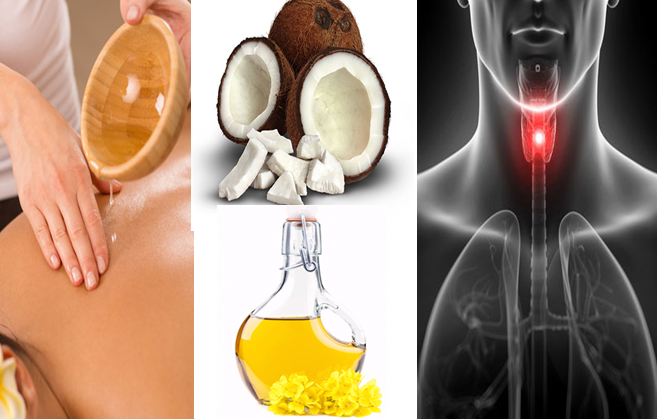A muscle cramp is an involuntarily and forcibly contracted muscle that does not relax. When we use the muscles that can be controlled voluntarily, such as those of our arms and legs, they alternately contract and relax as we move our limbs. Muscles that support our head, neck, and trunk contract similarly in a synchronized fashion to maintain our posture. A muscle (or even a few fibers of a muscle) that involuntarily (without consciously willing it) contracts is in a "spasm." If the spasm is forceful and sustained, it becomes a cramp. Muscle cramps often cause a visible or palpable hardening of the involved muscle.
Muscle cramps can last anywhere from a few seconds to a quarter of an hour or occasionally longer. It is not uncommon for a cramp to recur multiple times until it
finally resolves. The cramp may involve a part of a muscle, the entire muscle, or several muscles that usually act together, such as those that flex adjacent fingers. Some cramps involve the simultaneous contraction of muscles that ordinarily move body parts in opposite directions.
Muscle cramps are extremely common. Almost everyone (one estimate is about 95%) experiences a cramp at some time in their life. Muscle cramps are common in adults and become increasingly frequent with aging. However, children also experience cramps of muscles.
Any of the muscles that are under our voluntary control (skeletal muscles) can cramp. Cramps of the extremities, especially the legs and feet, and most particularly the calf (the classic "charley horse"), are very common. Involuntary muscles of the various organs (uterus, blood vessel wall, bowels, bile and urine passages, bronchial tree, etc.) are also subject to cramps. Cramps of the involuntary muscles will not be further considered in this review. This article focuses on cramps of skeletal muscle.
Skeletal muscle cramps can be categorized into four major types. These include "true" cramps, tetany, contractures, and dystonic cramps. Cramps are categorized according to their different causes and the muscle groups they affect.
ypes of muscle cramps: True cramps
True cramps involve part or all of a single muscle or a group of muscles that generally act together, such as the muscles that flex several adjacent fingers. Most authorities agree that true cramps are caused by hyperexcitability of the nerves that stimulate the muscles. They are overwhelmingly the most common type of skeletal muscle cramps. True cramps can occur in a variety of circumstances as follows.
Injury: Persistent muscle spasm may occur as a protective mechanism following an injury, such as a broken bone. In this instance, the spasm tends to minimize movement and stabilize the area of injury. Injury of the muscle alone may cause the muscle to spasm.
Vigorous activity: True cramps are commonly associated with the vigorous use of muscles and muscle fatigue (in sports or with unaccustomed activities). Such cramps may come during the activity or later, sometimes many hours later. Likewise, muscle fatigue from sitting or lying for an extended period in an awkward position or any repetitive use can cause cramps. Older adults are at risk for cramps when performing vigorous or strenuous physical activities.
Rest cramps: Cramps at rest are very common, especially in older adults, but may be experienced at any age, including childhood. Rest cramps often occur during the night. While not life threatening, night cramps (commonly known as nocturnal cramps) can be painful, disruptive of sleep, and they can recur frequently (that is, many times a night, and/or many nights each week). The actual cause of night cramps is unknown. Sometimes, such cramps are initiated by making a movement that shortens the muscle. An example is pointing the toe down while lying in bed, which shortens the calf muscle, a common site of muscle cramps.
Dehydration: Sports and other vigorous activities can cause excessive fluid loss from perspiration. This kind of dehydration increases the likelihood of true cramps. These cramps are more likely to occur in warm weather and can be an early sign of heat stroke. Chronic volume depletion of body fluids from diuretics (medicine that promote urination) and poor fluid intake may act similarly to predispose to cramps, especially in older people. Sodium depletion has also been associated with cramps. Loss of sodium, the most abundant chemical constituent of body fluids outside the cell, is usually a function of dehydration.
Body fluid shifts: True cramps also may be experienced in other conditions that feature an unusual distribution of body fluids. An example is cirrhosis of the liver, which leads to the accumulation of fluid in the abdominal cavity (ascites). Similarly, cramps are a relatively frequent complication of the rapid body fluid changes that occur during dialysis for kidney failure.
Low blood calcium, magnesium: Low blood levels of either calcium or magnesium directly increase the excitability of both the nerve endings and the muscles they stimulate. This may be a predisposing factor for the spontaneous true cramps experienced by many older adults, as well as for those that are commonly noted during pregnancy. Low levels of calcium and magnesium are common in pregnant women unless these minerals are supplemented in the diet. Cramps are seen in any circumstance that decreases the availability of calcium or magnesium in body fluids, such as taking diuretics, hyperventilation (overbreathing), excessive vomiting, inadequate calcium and/or magnesium in the diet, inadequate calcium absorption due to vitamin D deficiency, poor function of the parathyroid glands (tiny glands in the neck that regulate calcium balance), and other conditions.

























0 commentaires: